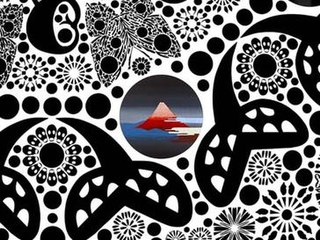
Conscious Party is Ziggy Marley and the Melody Makers' third album. It was released in 1988. This album became popular with the hits "Tumblin' Down" and "Tomorrow People". It won the Grammy Award for Best Reggae album in 1989.

Spirits Dancing in the Flesh is the sixteenth studio album by Santana. It reached eighty-five in the Billboard 200.

Zebop! is the twelfth studio album by Santana. The album has had several releases, and several different color backgrounds for the cover have been produced, including pink and red. It featured "Winning," one of Santana's last commercial hits until Supernatural.
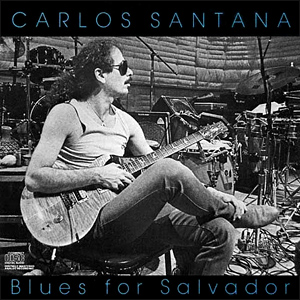
Blues for Salvador is a 1987 album by Carlos Santana, dedicated to his wife, Deborah Santana. The record was released by Carlos Santana as a solo project, not with the Santana band. It won the 1989 Grammy Award for Best Rock Instrumental Performance, his first Grammy ever.

Crystal is the third album by Crystal Gayle, and rose to the #7 spot on the Billboard Country Albums chart. It was released on August 6, 1976. It contained four charting singles, including two #1 hits: "You Never Miss a Real Good Thing " and "Ready for the Times to Get Better." Another single, "I'll Do It All Over Again," just barely missed being the third chart-topper, stalling out at #2, while "One More Time (Karneval)" could only rise to #31.

The Green Man was released in 2000 and is the twenty first studio album by Roy Harper.
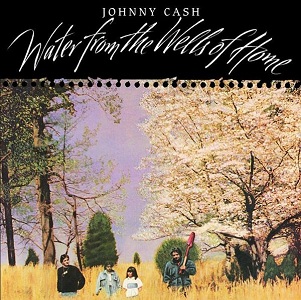
Water from the Wells of Home is the 75th album by American country singer Johnny Cash, released on Mercury Records in 1988. It features several collaborations with other artists, including "New Moon Over Jamaica" with Paul McCartney. Other guests include Waylon Jennings, Hank Williams Jr., Glen Campbell, Emmylou Harris and family members Rosanne Cash, John Carter Cash, June Carter Cash and members of the Carter Family. "Call Me the Breeze" is a J. J. Cale song that had been previously covered by Lynyrd Skynyrd. "Ballad of a Teenage Queen" is a new recording of a song that had appeared on Cash's Sun era album Sings the Songs That Made Him Famous. The album did not fare well on the charts, peaking at No. 48; the two singles, "Ballad of a Teenage Queen" and "That Old Wheel", reached No. 45 and No. 21, respectively. A 2003 re-release of the album contained a bonus track, consisting of Johnny Cash discussing various songs on the album.
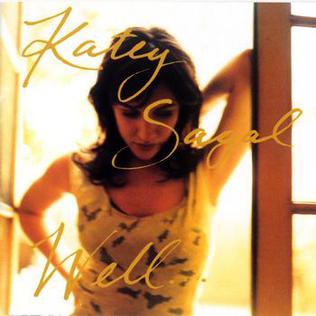
Well... is the first album released by American singer-songwriter and actress Katey Sagal. The album was originally released on April 19, 1994 by Virgin Records.

Greatest Hits, also titled Garth Brooks in... The Life of Chris Gaines, is an album by American country music artist Garth Brooks, in which Brooks assumes the fictitious persona of Australian rock artist Chris Gaines. Originally, this album was intended to be the soundtrack for a movie called The Lamb that would star Brooks as a rock star recalling the different periods of his life. This album was purposely released a year in advance from the scheduled film release date to pique interest in Brooks performing rock instead of country. The Lamb, however, was never filmed due to financial and management problems.
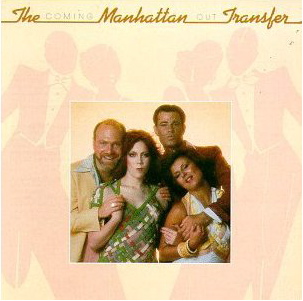
Coming Out is the third album by The Manhattan Transfer, released August 19, 1976 on Atlantic Records.

Drill a Hole in That Substrate and Tell Me What You See is an album by Jim White, released in 2004. Co-vocals on "Static on the Radio" are by Aimee Mann.

Guitar Man is an album by guitarist Hank Marvin, released in 2007.

Malo is the first album by 12-piece San Francisco band Malo, released in 1972. It contains the #18 single, "Suavecito". The album charted 14 at Pop albums.

Deadicated: A Tribute to the Grateful Dead is a 1991 tribute album with music of the Grateful Dead performed by various artists.
Down to the Bone is an acid jazz group led by British DJ Stuart Wade, who formed the band in 1996 with Chris Morgans. The group is very popular in the UK, where it is "hailed as the kings of UK jazz groove." The band's music is a mix of funk and jazz.

That That Is ... Is (Not) is the debut album of Dissolve, released on 26 May 1995 through Kranky.

True is an album by guitarists Chris Heaphy and Roy Montgomery, released on 6 April 1999 through Kranky.
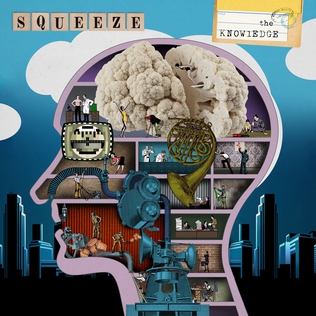
The Knowledge is the fifteenth studio album, and the fourteenth album of original material, by British rock band Squeeze, released on 13 October 2017. It is the first Squeeze album to feature Yolanda Charles on bass after the departure of bassist Lucy Shaw.

